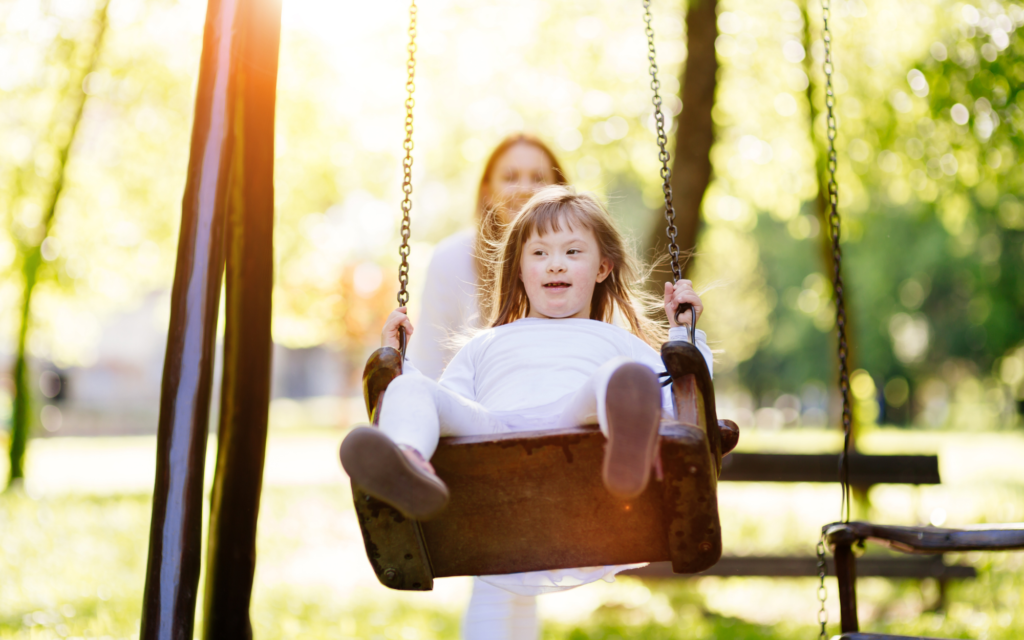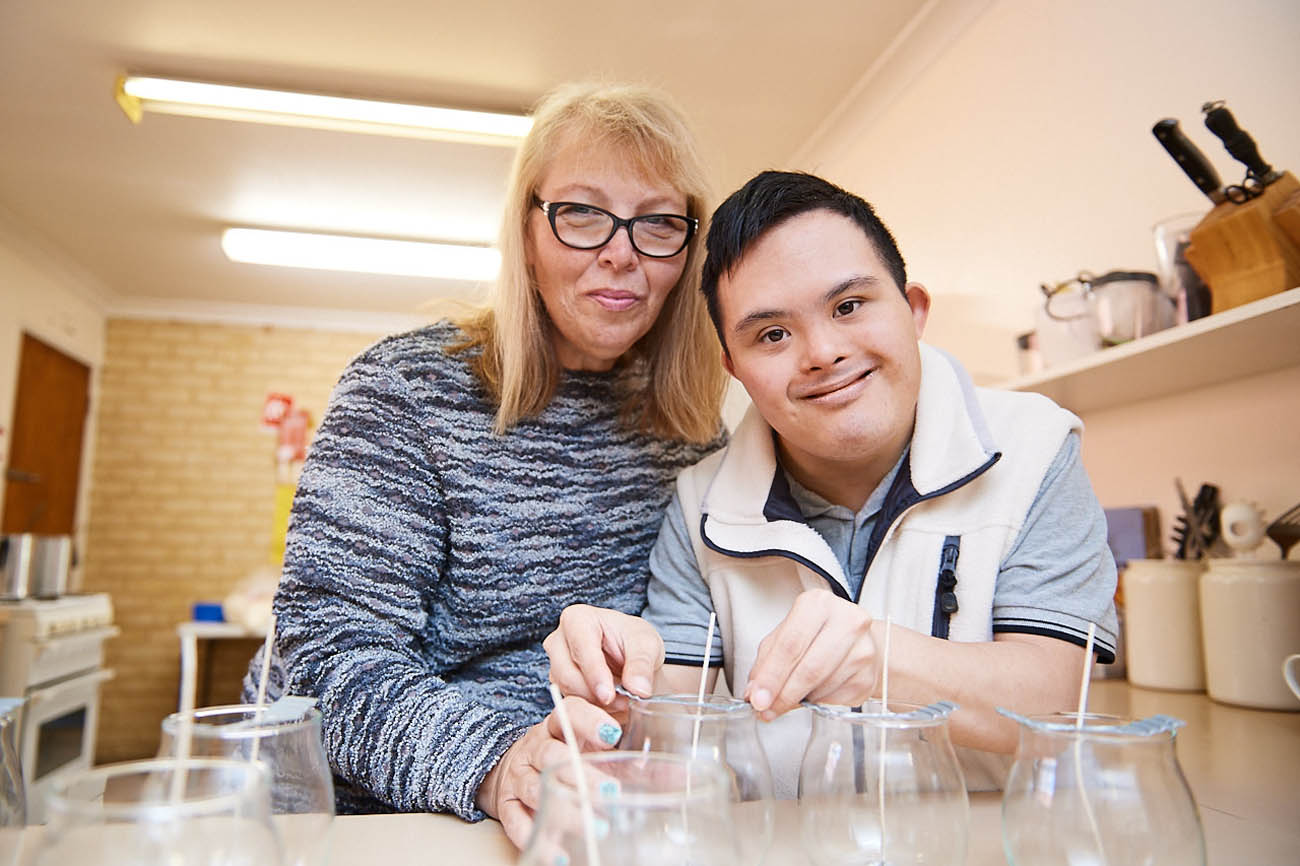When it comes to disability services and caring for people of all abilities, balancing dignity of risk and duty of care can be challenging. At first glance, it may seem as though these two philosophies are at odds with each other, making it difficult to achieve both successfully at the same time. However, the two actually go hand in hand as part of the person’s complete care program. Here’s how we see it here at Lifeplan.
WHAT IS DIGNITY OF RISK?
In essence, dignity of risk is a person’s right to make their own choices and decisions, even when those decisions could put them in harm’s way. For example, as a child grows up, their parents give them more flexibility and freedom in how they play, even though there could be the risk of the child getting hurt.
Climbing trees, roller-skating, playing sports and other activities are all common for children, even though injuries are common as well. Many parents leave it up to their kids to decide which activities they want to participate in, and some will choose risky activities while others prefer to play it safe.
Making mistakes and learning from trial and error are key factors in how we grow and develop in our formative years and throughout our lives. Dignity of risk is the basic human right that allows this process to happen. Without ever being exposed to the potential of risk, we would be unable to achieve our full potential.
This concept may seem simple enough at first, but it becomes much more complex in cases of people living with mental or physical challenges. They may not have the ability to weigh the potential risks inherent in a particular situation, which means that they may not be able to make informed decisions for themselves. That’s where duty of care comes in.
WHAT IS DUTY OF CARE?
Duty of care refers to the caregiver’s responsibility to provide a person with a safe environment in which to live. Particularly when working with people of all abilities, caregivers must take extra precautions to accommodate the mental and physical challenges of those under their care.
Caregivers are trained to do everything in their power to keep their customers as safe as possible at all times. This can include things like keeping them from entering traffic at a busy intersection or preventing their access to foods to which they are allergic, for example. All of this is done with the best interests of the person in mind.
Caregivers must take into consideration the mental and physical capacities of those in their care in order to make informed decisions as to how to care for them. However, there is a fine balance between providing adequate help and taking away the person’s dignity of risk.
HOW DO DIGNITY OF RISK AND DUTY OF CARE INTERACT?
The dominant ideology around care and risk positions them at opposite ends of a spectrum. By providing increased levels of care, the caregiver is removing potential risks. However, this also removes a level of independence and autonomy from the customer. Conversely, if the caregiver provides less hands-on care, the customer will be exposed to increased levels of risk, but they also gain the ability to learn through trial-and-error.
Care and risk are often presented as a dichotomy and the relationship between these two concepts needs to be reframed. Duty of care does mean having systems in place to limit risks, but not at the detriment of a person’s right to decision-making. Instead of how risk can be avoided, caregivers should think about how they could support someone to do what they wanted safely.
For example, a care professional could recommend a customer to move to a diet of thickened fluids. If the customer declines, staff can support their decision to continue to eat solid foods by supervising them during meals and regularly checking up with them after in order to minimise risk.

HOW DO WE FIND THE PERFECT BALANCE?
Though it may seem as though dignity of risk and duty of care are at odds with each other, that is not actually the case. By simply reframing the general approach to the two, we can begin to see things from a different perspective. Dignity of risk is, in fact, a key component of duty of care, and the two can most certainly work together in harmony.
Rather than thinking of this pair of concepts in terms of one or the other, it is important to see how they can work together as one. It is crucial that caregivers empower those under their care to make their own decisions. By providing them with the tools and information they need to make decisions effectively, our customers will be better able to exercise their dignity of risk.
Thus, it becomes part of the caregiver’s duty of care to give their customers as much knowledge and support as possible about their rights, abilities and opportunities.
The final piece of the puzzle is to support our customers to develop the confidence they need to make their own decisions in the future by supporting the choices they are currently making. Each individual has their own passions, goals and dreams, and it is important to make sure that they feel empowered to achieve these in a way that suits their needs and abilities.
PUTTING IT ALL INTO PRACTICE
Here at Lifeplan, we are proud to prioritise our customer’s dignity of risk as much as possible. We recognise that it is our duty as caregivers not to protect our customers from all possible risk but to empower them with the tools they need to manage those risks for themselves. We welcome you to get in touch with us to learn more about our support services for people of all abilities and how we can assist. Call now on (08) 9277 7223 to get started today!
RELATED BLOG POSTS:
What is Person Centred Care and Why Does it Matter?
How Lifeplan Mental Health Services Can Help
What to Expect From Your Perth Disability Service Provider


